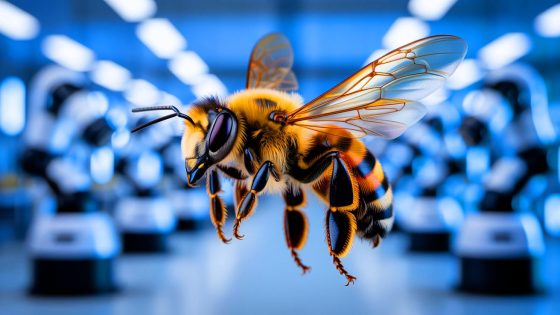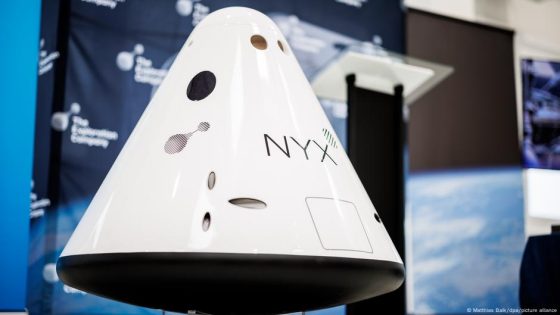Recent studies into bee behavior reveal fascinating insights into advanced cognitive processes, particularly how these tiny creatures enhance their visual perception during flight. On July 4, 2025, researchers at the University of Sheffield showcased how even small brains can perform complex computations, challenging long-held beliefs about intelligence and brain size.
- Bee flight patterns enhance visual perception.
- Small brains can perform complex computations.
- Robotic insects improve agricultural pollination.
- Nature informs innovations in AI and robotics.
- Intelligence relates to neural efficiency, not size.
- Interdisciplinary research drives technological advancements.
This groundbreaking research not only sheds light on bee cognition but also inspires innovations in artificial intelligence (AI) and robotics. By mimicking the intricate flight patterns of bees, scientists are developing technologies that could revolutionize how machines interact with their environments.
The implications of these findings raise important questions about the nature of intelligence. How can we leverage the efficiency of small biological systems in technology? Consider the following:
- Bees demonstrate that complex tasks don’t require large brains.
- Robotic pollinators inspired by bees could transform agriculture.
- Interdisciplinary research can drive technological advancements.
- Nature’s strategies can inform AI development, enhancing efficiency.
As we continue to explore the intersection of biology and technology, the lessons learned from bees could pave the way for smarter, more adaptable systems in the future. Will we fully harness nature’s wisdom to drive our technological advancements?

































